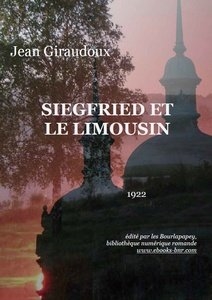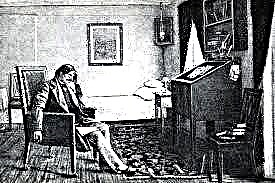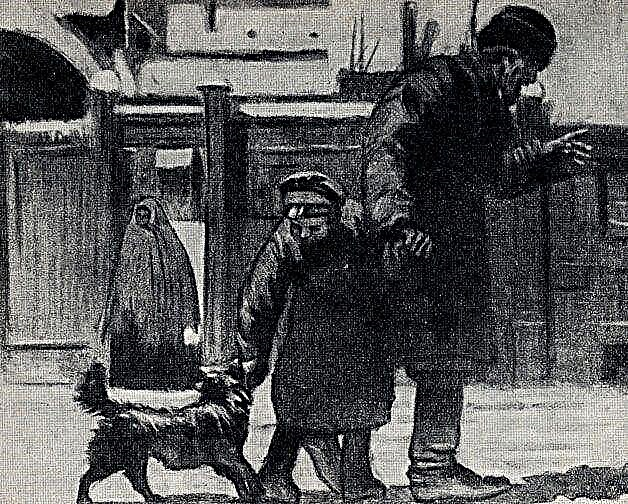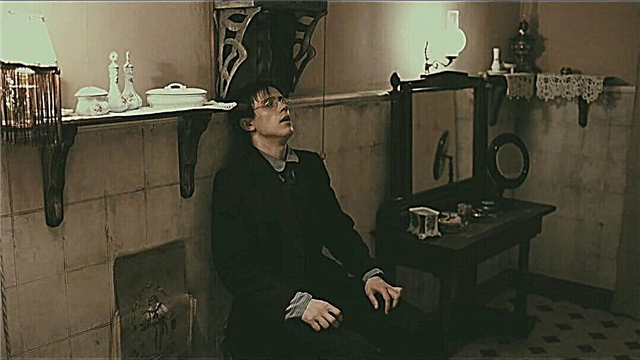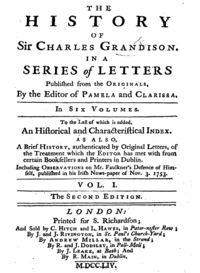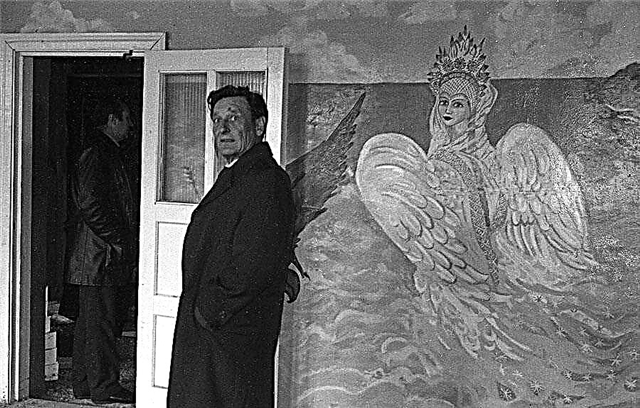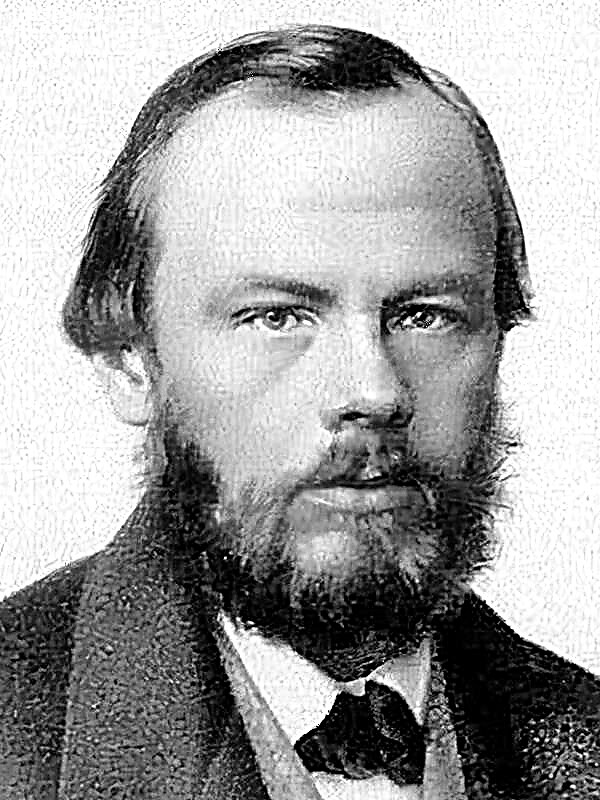Osip Mandelstam is a poet of the silver age, the century of revolution of the word and literature, the century of revolution of the people and government, the century of renewal and striking right in the eye. His works are filled with symbolism, included in the system of the “new”, I’m not afraid of this word, a modern word. One of these is the poem "Century", written in 1922.
History of creation
Written in 1922, the poem was a kind of reaction of the poet to earlier events, namely the 1917 revolution. The work was created along with other poems, and in essence, it does not have an incident specifically taken out of context, but is only an echo of the country's revolutionary renewal.
This work is the first part of the trilogy, which is devoted to criticizing the new time and rethinking the past. The longer the poet lived under Soviet rule, the darker the colors in his verses became. Following the "Century" went "January 1, 1924" (1924) and "For the explosive valor of the centuries to come ...", where the author talks about the changes that have taken place with anger, longing and disappointment.
Genre, size, direction
Mandelstam, reflecting on the consequences of revolutions and civil wars, weaves a note of sadness into his stanzas. Therefore, the work should be attributed to the genre of lyrics, and more specifically, to the lyrical elegy. Philosophical-languid conclusions and comparisons, such as:
This century ripples a wave
Human longing
And in the grass the viper breathes
The measure of the golden age.
The author formulates the main ideological ideals of the poet at this time, in this place: the simultaneous sense of chaos and a change in order lead Mandelstam to confusion. However, he abstracts quite abstract, unrepresentable concepts into a system of symbols and specific words: “My century, my beast, who will be able to look into your pupils ...” - this is a kind of metaphor introduced by the poet. Such concretization is called acmeism: vague and generalized phenomena become quite material and to some extent common, suitable for presentation.
The size of the poem is also determined by the rhythm itself: it is a four-footed trochee. By sound and harmonization of sounds - simple and rhythmic. That's why I want to read it in full swing - the characters and images are presented quite dynamically.
Images and Symbols
The symbol of the revolution and civil war should be called the whole work as a whole. However, individual images clearly correlate with the designation of a particular event:
And plays invisible
Spine wave
The wave is the image of the revolution, exciting and swallowing everything that comes across the path. It rolls through forests, taiga and snow from St. Petersburg down to Siberia. In terms of properties, it is spontaneous, like a tsunami consisting of a “bundle” of waves moving toward the shore.
The century, likened to a beast, symbolizes the "grin", once directed against the regime of power, against the monarchy and all its supporters. He embodies disagreement, like an animal that does not want to obey human commands.
Blood builder whips
Throat of Earthly Things
The blood metaphor is the flag of socialism ... Socialism is the builder of the modern, advancing regime. It is precisely on the blood shed by the proletariat, on the blood shed by the monarchist servants and subordinates, that the reigning order is established.
Themes and Issues
The poem is noted, first of all, by the theme of the revolution, as mentioned earlier. A merciless and bloody thread, she passes the "wave", sparing no one. The war of the people highlighted in the work is more an impression of the poet than a call to action.
Mandelstam’s work is not a problematic hodgepodge organized into one system. Rather, the author sins on the excessive sacrifice and multifibility of such coups. He points to “human longing” and “blood builder” as the main components of revolutionary and restless events.
Moreover, the author points to the “wound of earthly things,” which is fatal to the former regime and its power.
Meaning
Mandelstam’s “Century” has a semantic division into eight-lines. Each new one is a plot of events that stretch one after another.
- The first of these is the immediate importance of the turning point of two centuries: changes are brewing, all the former has no future, and the present is like a ridge, broken and powerless.
- The second stanza - the essence of the fracture - the wave. The revolutionary wave that gave rise to the sacrifice and despair of the century, which completely ruined everything peaceful.
- The third stanza is the hope of salvation. Clarification of the gloomy revolution exists! The flute is a symbol of creative prosperity, it is it that is able to “sew up” the ridge and breathe life into the once triumphant art. However, while people are not subject to the power of creativity, they are sources of anxiety. One has only to listen to the flute: it will prompt. However, now it’s impossible.
- In the fourth thematic stanza, the author describes the current situation of the country: it is broken, depressed, and only looking at the power-law and developed, promising well-being of the past makes us grieve over the unbearable mistake of the present.
- The fifth, decisive stanza is devoted to the irreversibly tragic outcome of the era. To be more precise - the eyelid is mortally wounded, there is no more healing. The burden of tragedy will last for a century ... Blood cannot be stopped, it is still whipping, absorbing human society in the cycle of revolutions ...
Means of artistic expression
Symbols and images are full of personifications: “A century - a beast”, “Blood - a builder” ... Earthly things, devoid of inspiration, have a throat. “A century looks,” and also has a spine or ridge, mercilessly broken by the revolution ...
Moreover, the comparison appears here as a pathway: “Like a beast, once flexible, On the feet of its own paws ...”
The work is rich in epithets: "from azure, moist blocks ...". In this case, the reader is presented with the sea, colors and conditions of the epithet. The contemplator is drawn into the space of the text, surrounded by the atmosphere presented in the work.
Moreover, the text is full of oxymorons: “Beautiful, BUT a miserable age”, “Hot fish” ... An oxymoron was used to “shock” the reader and draw him into the chaotic space of the work. Real things appear before the contemplator as atypical and something special, which is a characteristic of the tragic, isolated age of bright events.

